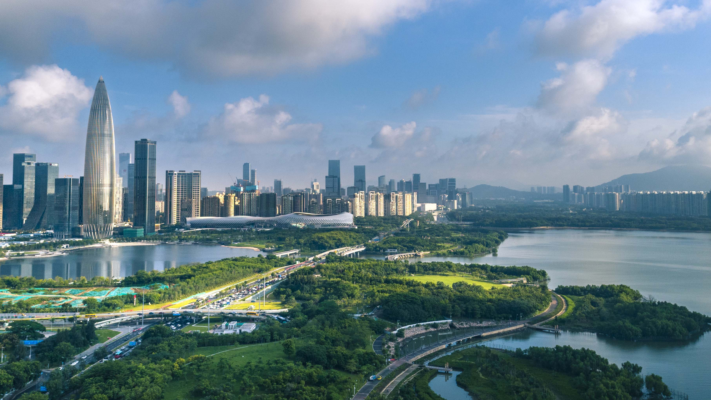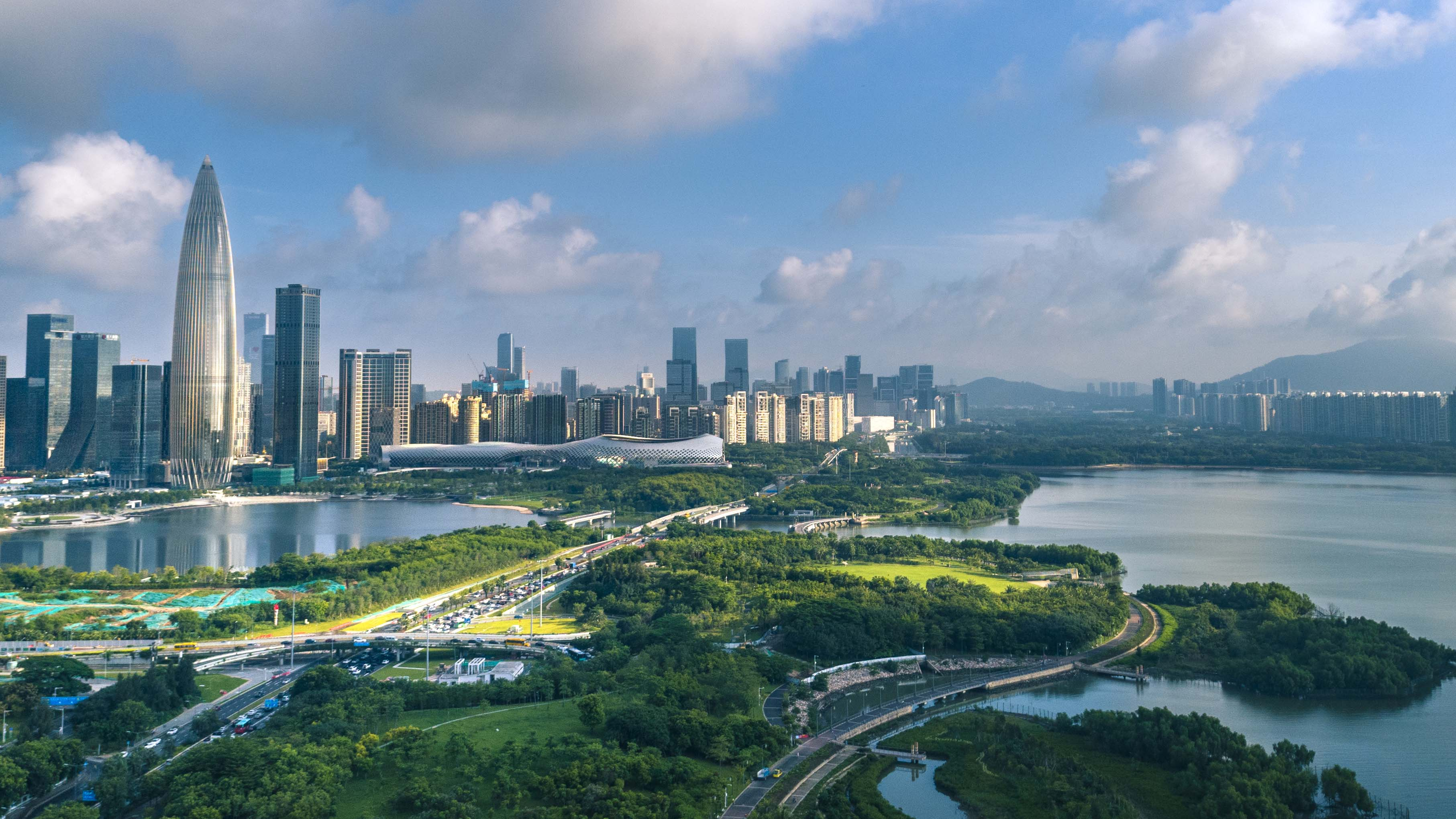
Chinese mainland (Shenzhen) an innovation hub, is rewriting the rules of urban development with its vertical and subterranean expansion strategies. As the city grapples with a soaring economy and diminishing land availability, it’s reaching new heights — and depths — to sustain its growth trajectory.

Amidst a foggy morning preceding the Lunar New Year, Zhang Youhui, a Meituan manager, eagerly awaited clearance for his drone fleet to resume operations. Overseeing a team of eight, Zhang orchestrates the seamless delivery of goods via approximately 20 drones across Shenzhen’s sprawling landscape.
During a temporary halt due to poor visibility, Zhang seized the opportunity to meticulously inspect his aerial fleet. Unencumbered by terrain or traffic, these drones cover distances of up to 3 kilometers in just 15 minutes — a feat unmatched by ground vehicles, especially during peak hours.
However, Shenzhen’s innovation extends beyond its skyline. Beneath the city streets lies a network of subterranean infrastructure, symbolizing its commitment to urban planning. As surface space dwindles, Shenzhen looks underground for future expansion.
From subways to underground malls and utilities, Shenzhen’s subterranean realm reflects its forward-thinking approach. By embracing vertical and subterranean growth, Shenzhen is creating a truly interconnected urban landscape.
In a city where innovation is standard, Shenzhen continues to push boundaries, both above and below ground. As drones traverse the skies and subterranean arteries hum with activity, Shenzhen remains a beacon of progress and transformation.